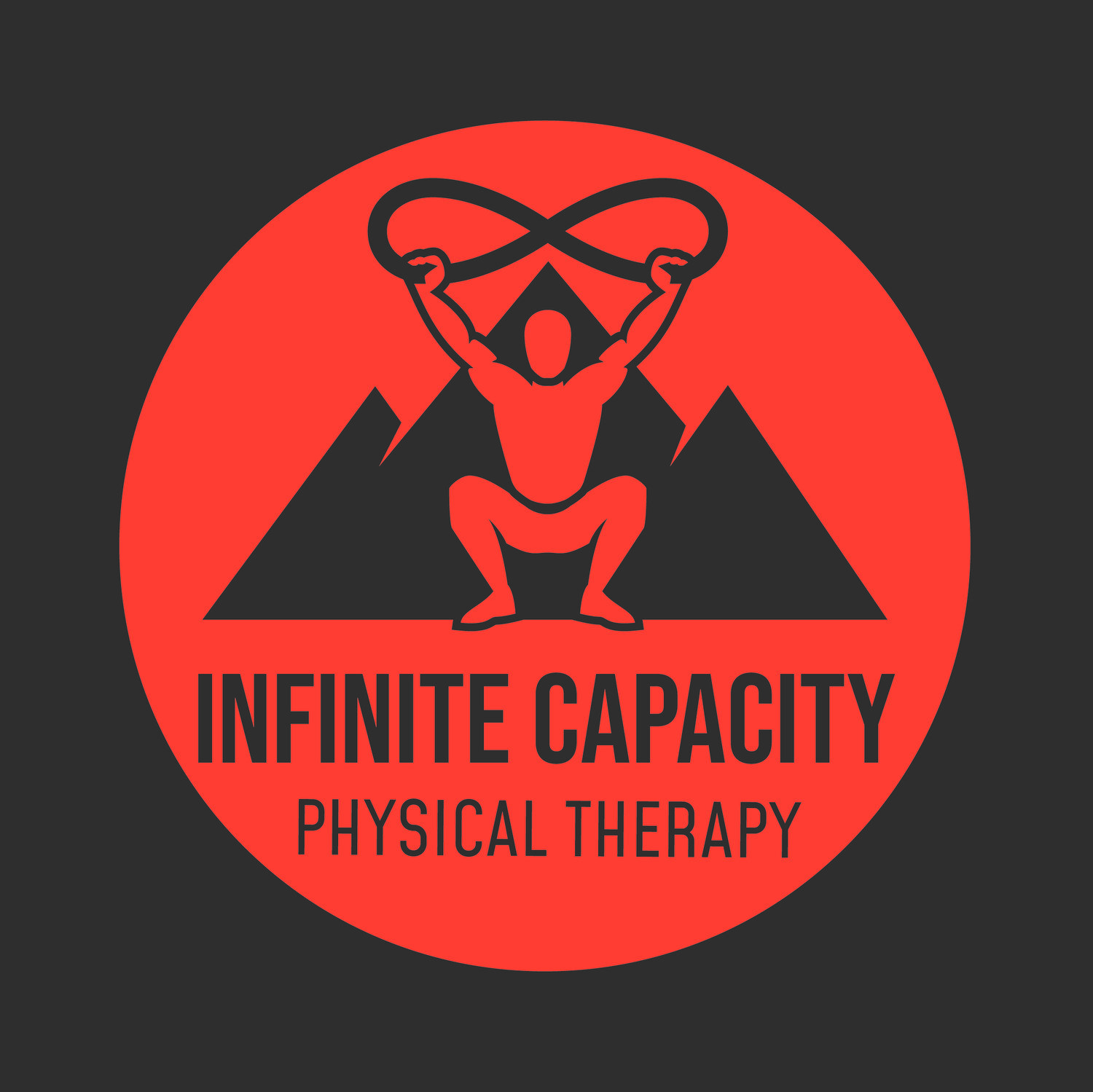Post-Training Recovery: Part 3- Less Than 2 Hours to Recover
Less Than 2 Hours
Here is what you can do if you have less than 2 hours to recover between training or competition efforts:
Nutrition: Rehydration Recommendations: It has been recommended, in order to properly rehydrate after exercise and training that individuals drink 1-1.5 liters of water for each kilogram of body mass lost during training (10).
Nutrition: Carbohydrate Recommendations: In cases where there is less than 8 hours between training or competition sessions… Eat 1-1.2 grams of carbohydrate per kilogram of body mass immediately after training (10).
Active Recovery: Active recovery can be used post-exercise for reducing muscular fatigue and improving muscular performance. Active recovery should involve the muscle groups used during the fatiguing exercise, and should be performed at an intensity of about 30-60% of the individual’s maximal oxygen consumption. It can be performed for several minutes between sets, or for up to 15-20 minutes for post-training recovery. Although active recovery can produce acute recovery benefits, it has been shown to not produce long-term recovery benefits and should not replace other appropriate methods of recovery such as rest days (1,13,14).
CWI: Cold water immersion can be used as a recovery method for recovery of HRV, muscle power, and performance between training sessions or competitions when they are 20-80 minutes apart. Protocols should involve whole body (excluding the head) immersion within 5-10 minutes after activity, in water around 55°F, for a duration between 10-17 minutes. The time of immersion should vary based on factors such as intensity of activity performed, gender, body fat percentage, and age (15,16).
Massage: If recovery requirements include short-term recovery for 10-20 minutes after mixed exercise training, massage therapy can be beneficial. Massage should be between 5-12 minutes for optimal results (20,22,23).
References
(1) Mika, A., et al., Comparison of Two Different Modes of Active Recovery on Muscles Performance after Fatiguing Exercise in Mountain Canoeist and Football Players. PLOS ONE, 2016; 1-14. doi: 10.1371/journal.pone.0164216
(2) Kellmann, M., et al., Recovery and Performance in Sport: Consensus Statement. International Journal of Sports Physiology and Performance, 2018; 13: 240-245. doi: 10.1123/ijspp.2017-0759
(3) Borges, N., et al., Age-Related Changes in Performance and Recovery Kinetics in Masters Athletes: A Narrative Review. Journal of Aging and Physical Activity, 2016; 24: 149-157. doi: 10.1123/japa.2015-0021
(4) Schoenfeld, B. and Aragon, A.A., Is There a Postworkout Anabolic Window of Opportunity for Nutrient Consumption? Clearing up Controversies. Journal of Orthopaedic & Sports Physical Therapy, 2018; 48(12): 911-914. doi: 10.2519/jospt.2018.0615
(5) Brown, F., et al., Compression Garments and Recovery from Exercise: A Meta-Analysis. Sports Med, 2017; 47: 2245-2267. doi: 10.1007/s40279-017-0728-9
(6) Zatsiorsky, V.M. and Kraemer, W.J., Science and Practice of Strength Training: Second Edition. 2006, Human Kinetics.
(7) MacDonald, G.Z., et al., Foam Rolling as a Recovery Tool after an Intense Bout of Physical Activity. Medicine & Science in Sports & Exercise, 2013; 131-142. doi: 10.1239/MSS.0b013e3182a123db
(8) Malhotra, R.K., Sleep, Recovery, and Performance in Sports. Neurol Clin, 2017; 35: 547-557. doi: 10.1016/j.ncl.2017.03.002
(9) Semplonius, T. and Willoughby, T., Long-Term Links between Physical Activity and Sleep Quality. Medicine & Science in Sport & Exercise, 2018; 2418-2424. doi: 10.1249/MSS.0000000000001.706
(10) Kovacs, M.S. and Baker, L.B., Recovery interventions and strategies for improved tennis performance. Br J Sports Med, 2014; 48: i18-21. doi:10.1136/bjsports-2013-093223
(11) Schoenfeld, B.J. and Aragon, A.A., Is There a Postworkout Anabolic Window of Opportunity for Nutrient Consumption? Clearing up Controversies. J Orthop Sports Phys Ther, 2018; 48(12): 911-914. doi:10.2519/jospt.2018.0615
(12) Jäger, R., et al., International Society of Sports Nutrition Position Stand: protein and exercise. Journal of the International Society of Sports Nutrition, 2017; 14(20). doi 10.1186/s12970-017-0177-8
(13) Nalbandian, H.M., et al., Active Recovery between Interval Bouts Reduces Blood Lactate While Improving Subsequent Exercise Performance in Trained Men. Sports, 2017; 5(40). doi:10.3390/sports5020040
(14) Wiewelhove, T., et al., Effect of Repeated Active Recovery During a High-Intensity Interval-Training Shock Microcycle on Markers of Fatigue. International Journal of Sports Physiology and Performance, 2016; 11: 1060-1066.
(15) Stephens, J.M., et al., Effect of Body Composition on Physiological Responses to Cold-Water Immersion and the Recovery of Exercise Performance. International Journal of Sports Physiology and Performance, 2018; 13; 382-389.
(16) Zandvoort, C.S., et al., A customized cold-water immersion protocol favours one-size-fits-all protocols in improving acute performance recovery. European Journal of Sport Science, 2018; 18(1): 54-61.
(17) Brown, F., et al., Compression Garments and Recovery from Exercise: A Meta-Analysis. Sports Med, 2017; 47: 2245-2267. doi: 10.1007/s40279-017-0728-9
(18) Goto, K. and Morishima, T., Compression Garment Promotes Muscular Strength Recovery after Resistance Exercise. Medicine & Science in Sports & Exercise, 2014; 46(12): 2265-2270. doi: 10.1249/MSS.0000000000000359
(19) Winke, M. and Shelby, W., Comparison of a Pneumatic Compression Device to a Compression Garment During Recovery from DOMS. International Journal of Exercise Science, 2018; 11(3): 375-383.
(20) Heapy, A.M., et al., A randomized controlled trial of manual therapy and pneumatic compression for recovery from prolonged running- an extended study. Research in Sports Medicine, 2018; 26(3): 354-364.
(21) Overymayer, R.G. and Driller, M.W., Pneumatic Compression Fails to Improve Performance Recovery in Trained Cyclists. International Journal of Sports Physiology and Performance, 2018; 13: 490-496.
(22) Hoffman, M.D., et al., A Randomized Controlled Trial of Massage and Pneumatic Compression for Ultramarathon Recovery. Journal of Orthopaedic & Sports Physical Therapy, 2016; 46(5): 320-326.
(23) Poppendieck, W., et al., Massage and Performance Recovery: A Meta-Analytical Review. Sports Med, 2016; 46: 183-204. doi: 10.1007/s40279-015-0420-x
(24) Babault, N., et al., Does electrical stimulation enhance post-exercise performance recovery?. Eur J Appl Physiol, 2011; 111: 2501-2507. doi: 10.1007/s00421-011-2117-7
(25) Borne, R., et al., Relationship Between Blood Flow and Performance Recovery: A Randomized, Placebo-Controlled Study. International Journal of Sports Physiology and Performance, 2017; 12: 152-160.
(26) Pearcey, G.E., et al., Foam Rolling for Delayed-Onset Muscle Soreness and Recovery of Dynamic Performance Measures. Journal of Athletic Training, 2015; 50(1): 5-13. doi: 10.4085/1062-6050-50.1.01
(27) MacDonald, G.Z., et al., Foam Rolling as a Recovery Tool after an Intense Bout of Physical Activity. Medicine & Science in Sports & Exercise, 2013; 131-142. doi: 10.1249/MSS.0b013e3182a123db


